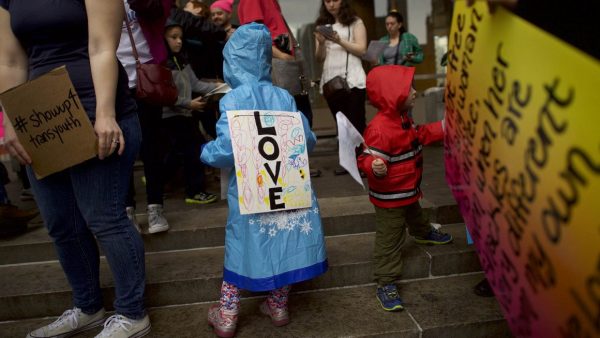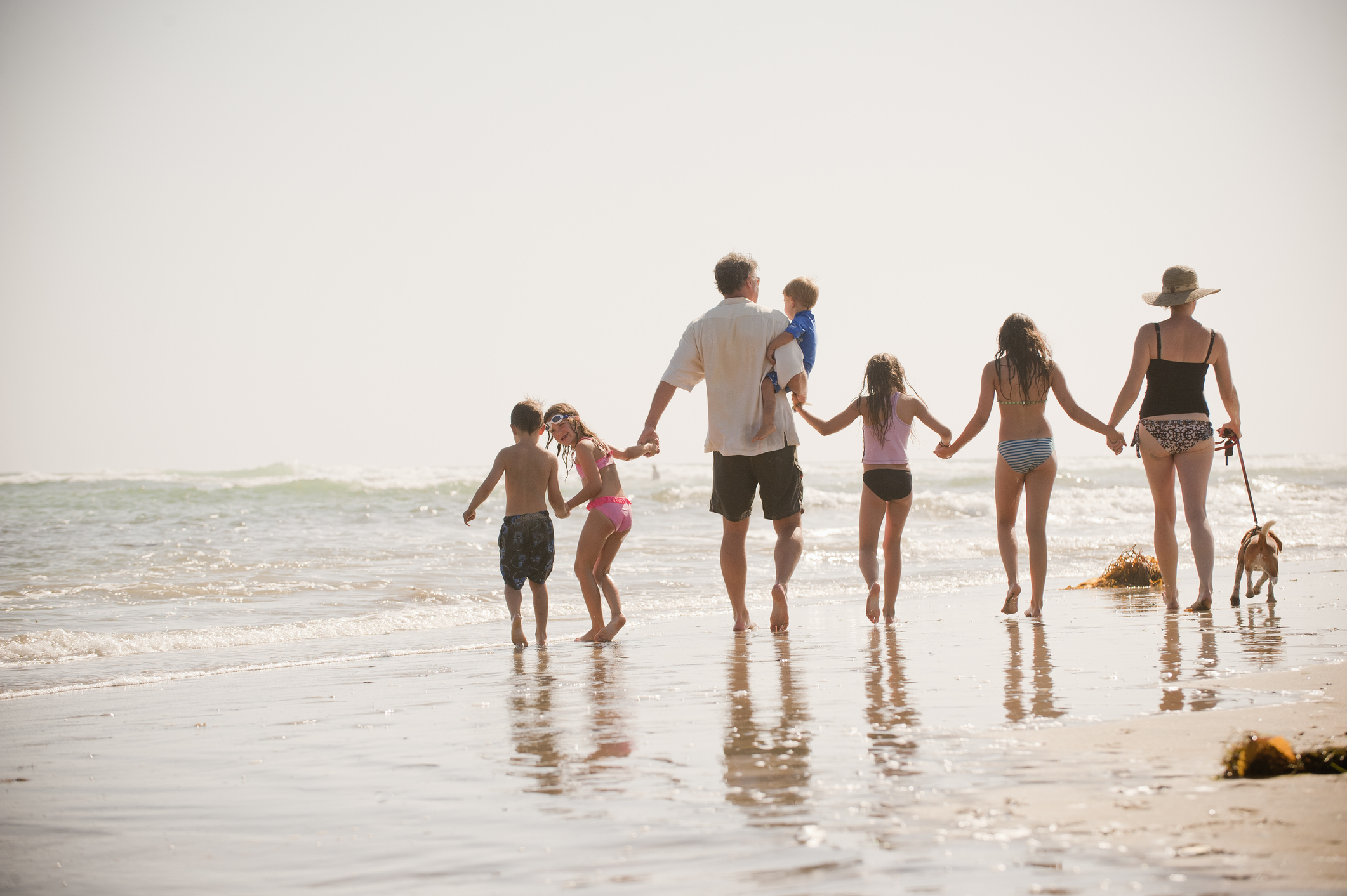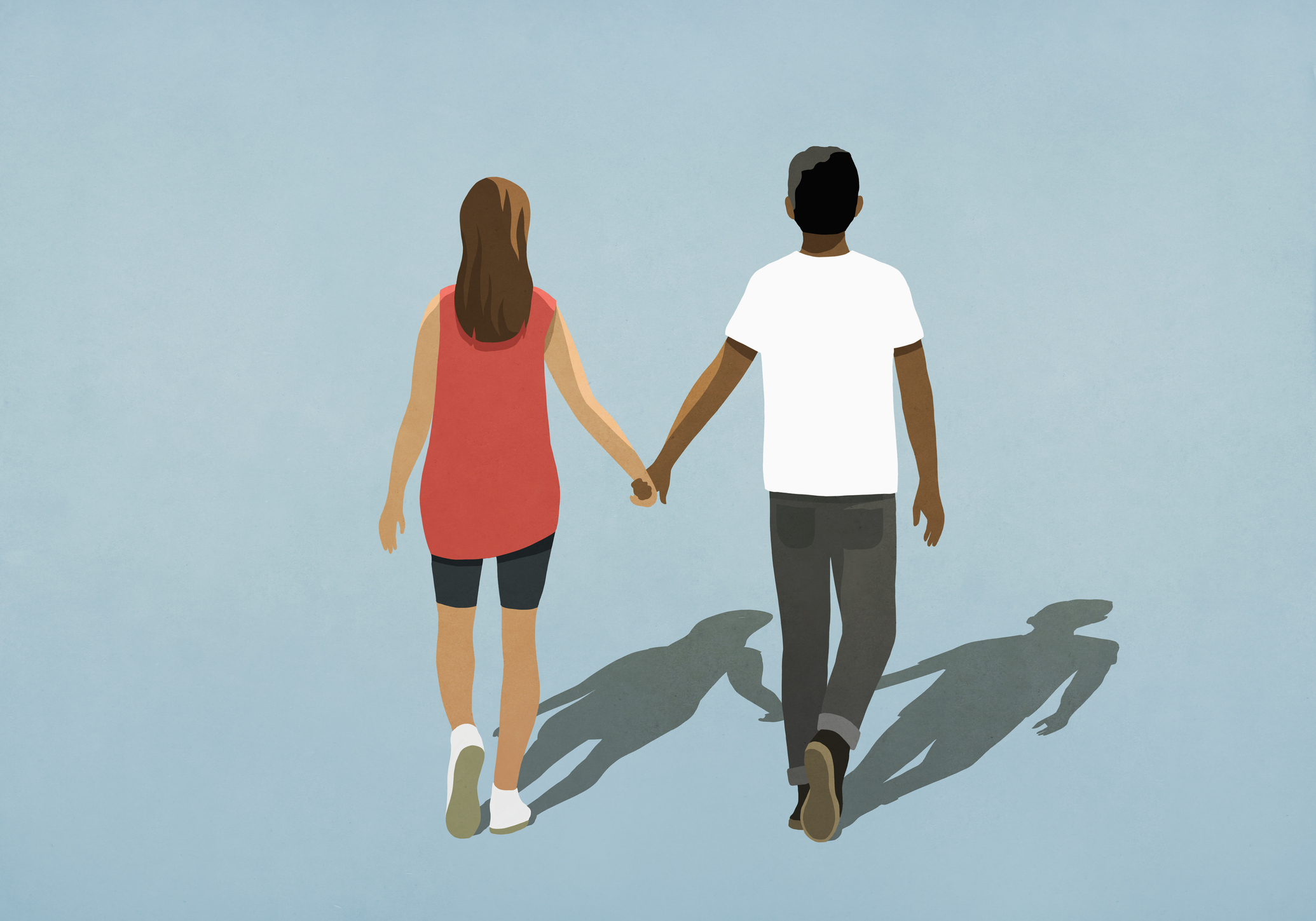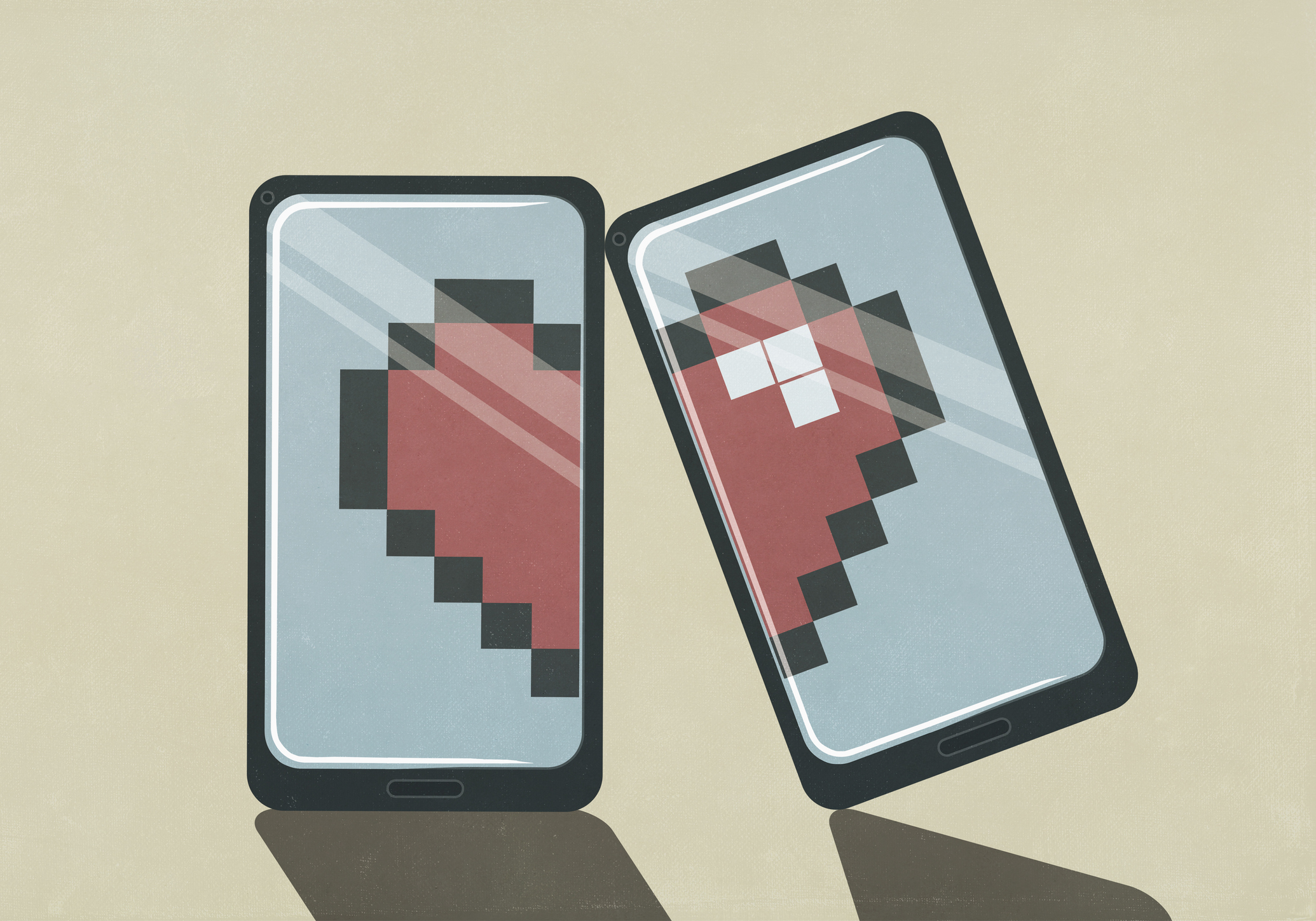A true trans story.
America’s One-Child Culture
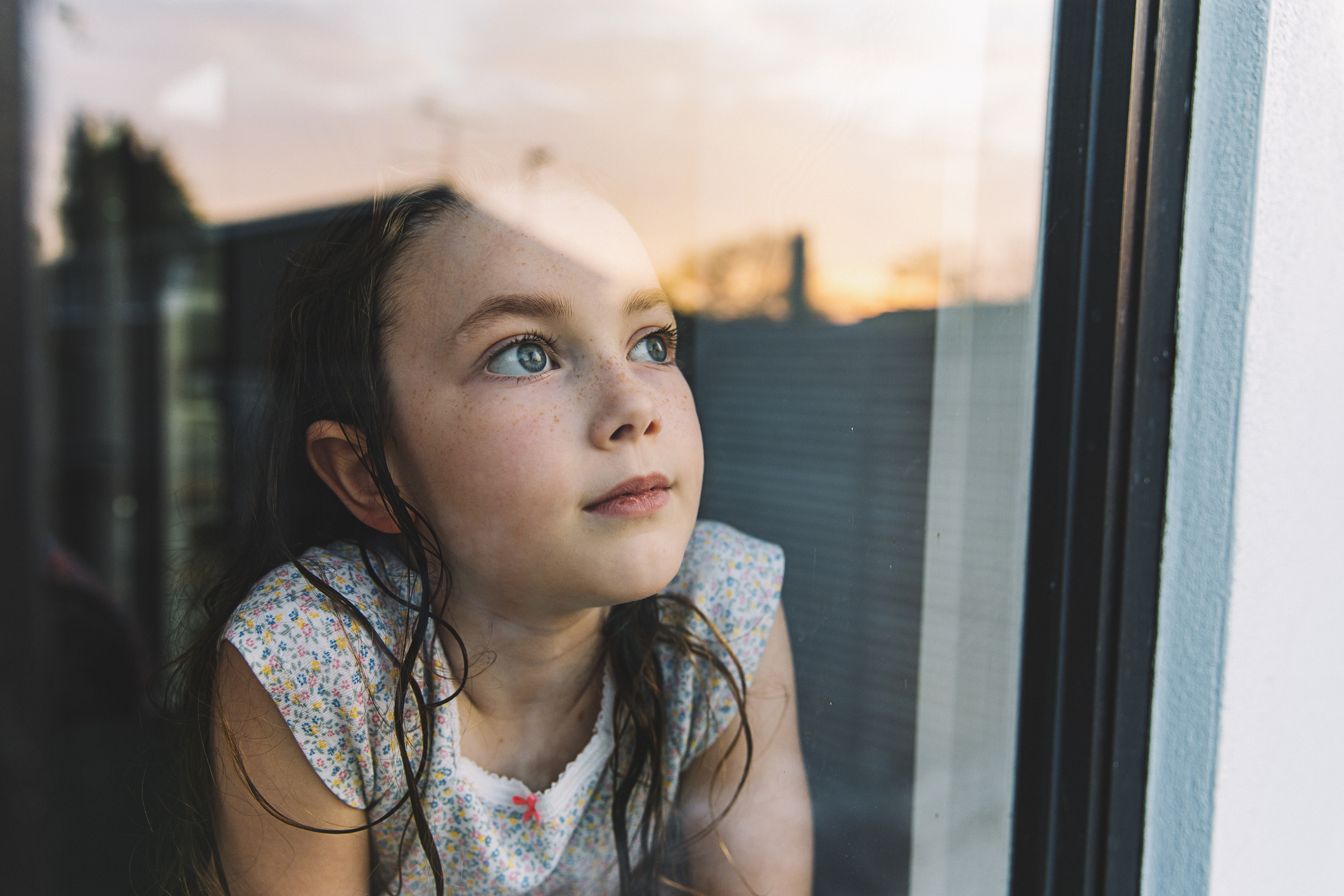
Parents having fewer kids means more societal pathologies.
According to Jordan Peterson, the fact that the median age for new mothers in the United States is 30 should concern us all. The Canadian psychologist recently told Bill Maher that mothers today are the same age that grandmothers were just a few generations ago. In 1900, the median age of marriage for women in the U.S. was 21.9 years; the average age for childbirth, meanwhile, was 22 years. Though a slight exaggeration on Peterson’s behalf, his concerns are nevertheless warranted.
Naturally, as the age of first-time mothers continues to climb, fewer children will be born. This has given rise to a new trend of “one-and-done” parenting, which a stern-faced Peterson warned is a recipe for societal and moral decay. He points out that siblings help keep us grounded and prevent narcissistic impulses from exercising too much power. With fewer and fewer children growing up with brothers and sisters, Peterson thinks society is headed in a dark direction. He appears to be right.
The esteemed psychologist G. Stanley Hall once stated, “Being an only child is a disease in itself.” Though that’s a wild overstatement, there’s an important truth buried in Hall’s observation.
In fact, single-child families in the U.S. are fast becoming the norm. Some 50 years ago, there were 10 million of them—but by 2020, there were 14.4 million single-child families. Today, more than 1 in 4 married couples have one child.
Why is this the case?
We’re told that some are saddled with environmental guilt. They believe that due to the effects of climate change, the world is going to hell in a handbasket. To bring more than one child (or, in some cases, any children at all) into this world, they believe, is unforgivable.
Also, as Peterson mentioned, people are marrying much later in life. With age, so the saying goes, comes wisdom. However, age also brings infertility. In women by the age of 30 (the median age for new mothers), fertility starts to decline. By the age of 35, the decline accelerates.
Not surprisingly, with fewer children being born, parents are becoming more protective. To be specific, they are becoming overprotective. It’s no surprise that over the past decade, terms like “drone parenting” and “snow plough parenting” have gone mainstream.
Although this desire to protect, or overprotect, is in many ways understandable, it can have a devastating impact on a young child’s development—and, quite often, these effects never go away.
Research published in the Journal of Social and Personal Relationships clearly shows that children of overprotective parents have an incredibly hard time managing their emotions. Levels of social anxiety among the youth of America continue to rise. As the authors of the study allude to, overprotective parenting is playing a major role in fueling the crisis.
For the uninitiated, social anxiety is not similar to being nervous. Instead, it involves an intense, chronic fear of being watched, scorned, and/or judged by others. Social anxiety is intimately associated with unwarranted levels of fear as well as deliberate avoidance of any situation deemed to be threatening. Social anxiety negatively affects relationships and can result in a number of other mental health issues, including depression and suicidal ideation. Today, an increasing number of young Americans across the country are taking their own lives.
Is overprotective parenting to blame? Not entirely. But it’s certainly not helping.
The authors of the abovementioned study found that children who perceived their parents as too protective were more likely to struggle with emotional regulation issues. Like social anxiety, a close sibling, emotional dysregulation is often associated with substance abuse, self-harm, and even suicide.
The most interesting part of the paper involves the contrast between perceived maternal overprotection and perceived paternal overprotection. The former is associated with more emotional trouble in children than the latter. No reasons for this striking difference are given. One explanation could have to do with mothers and fathers having different styles of protecting their children. However, further studies are needed to confirm this theory.
The desire to protect your child, particularly an only child, is both understandable and noble. After all, the world is a dangerous place. But mummifying a child in bubble wrap in an attempt to make him antifragile is never a good idea. There is a fine line between protecting and overprotecting children. Sadly, an increasing number of parents are crossing the line.
Couple this dangerous style of parenting with a culture that actively promotes the idea that we are all perfect the way we are, that “our truth” matters more than the actual truth, and that we can be anything we want to be (boys can be girls, and girls can be boys) and you have a recipe for unmitigated disaster. Being an only child is not a “disease,” but it often comes with a whole host of largely unforeseen risks that most today would rather avoid talking about.
The American Mind presents a range of perspectives. Views are writers’ own and do not necessarily represent those of The Claremont Institute.
The American Mind is a publication of the Claremont Institute, a non-profit 501(c)(3) organization, dedicated to restoring the principles of the American Founding to their rightful, preeminent authority in our national life. Interested in supporting our work? Gifts to the Claremont Institute are tax-deductible.
America faces a grim future as marriage rates plummet.
Real equality means recognizing that men and women often have different priorities.
The family unit is the essence of American society.
Society does kids a disservice by encouraging them to think of marriage and family as a distant goal.
Dating apps exacerbate the crisis around forming long-lasting relationships.

